Many sampling methods are available when it comes to statistical surveys and obtaining the necessary data. Simple sampling, systematic sampling, quota sampling, cluster sampling — various ways to construct…
continue reading“45% of marketing leaders are using their unique knowledge and understanding of customers to lead customer experience initiatives across the business.”
“87 percent of survey-takers want to have a say in a company’s future products and services.”
“Response rates can soar past 85% when the respondent population is motivated and the survey is well-executed.”
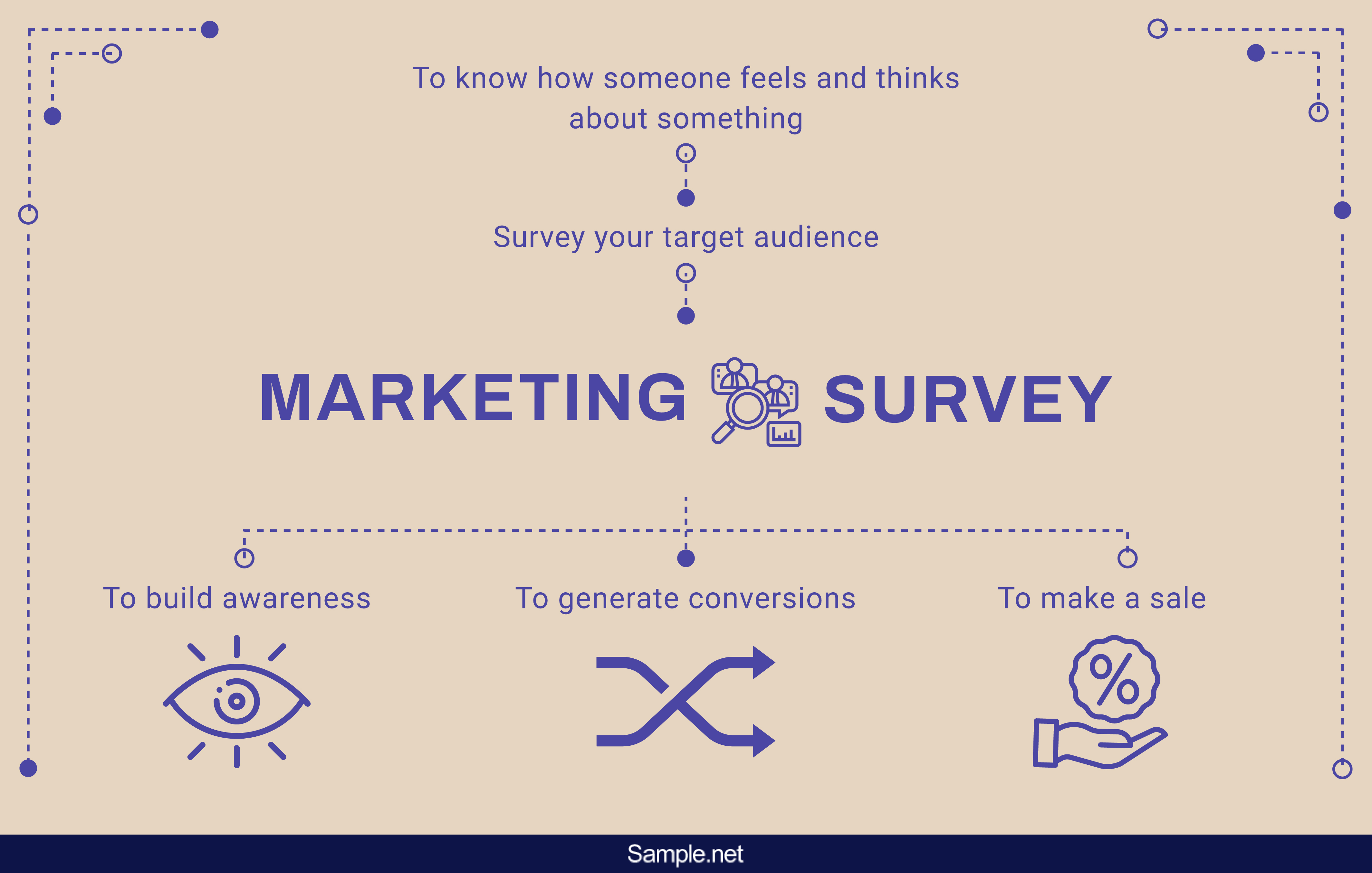
50+ Marketing Survey Samples
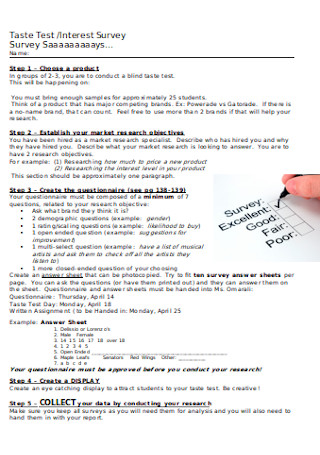
Market Assignment Research Survey
download now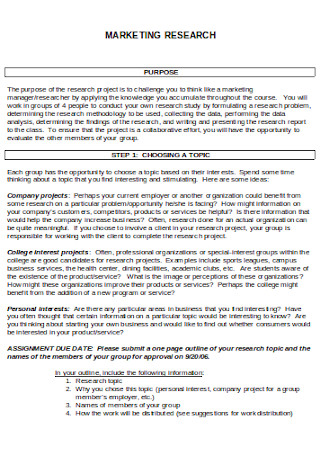
Market Research Survey
download now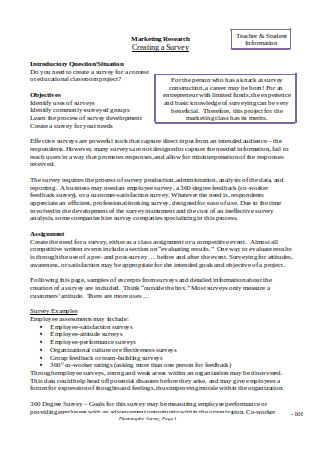
Sample Market Research Survey
download now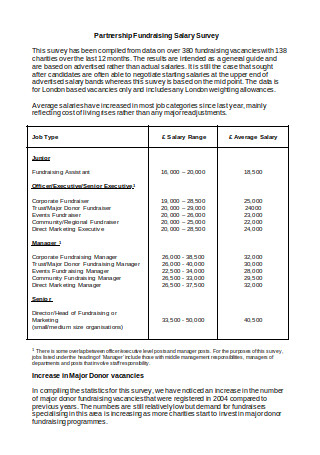
Partnership Fundraising Salary Survey
download now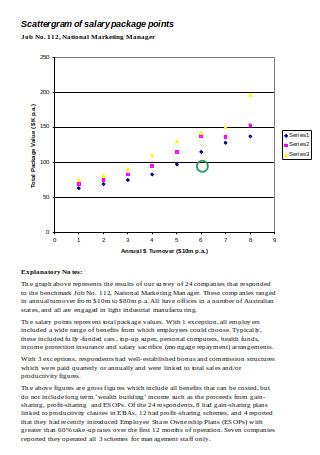
Marketing Manager Salary Survey
download now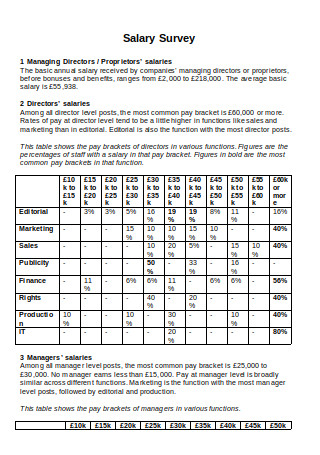
Marketing Salary Survey
download now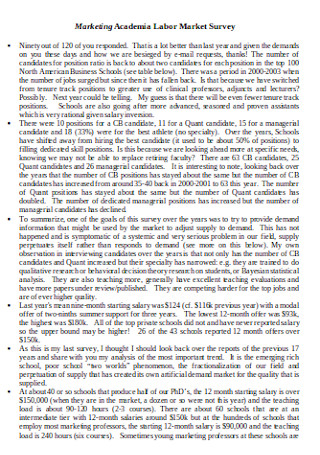
Labour Market Survey
download now
Sample Marketing Salary Survey
download now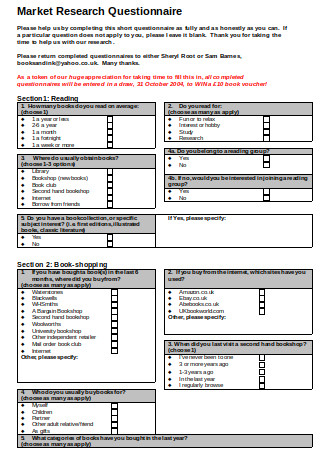
Market Research Questionnaire
download now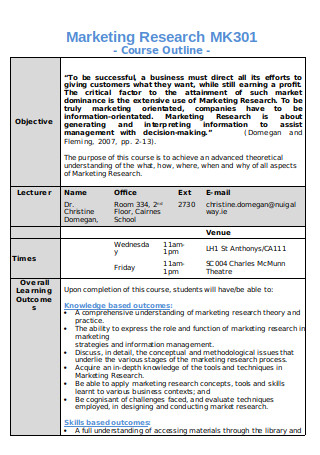
Customer Marketing Survey
download now
Marketing Survey Report
download now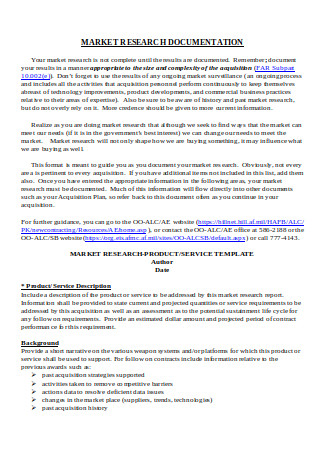
Market Research Report
download now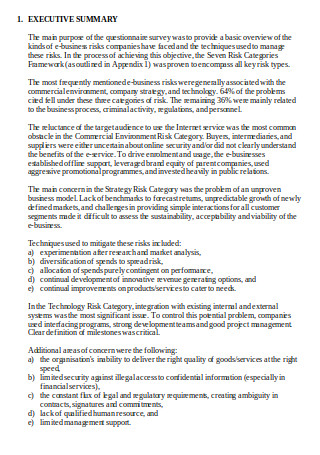
Marketing Survey Questionnaire
download now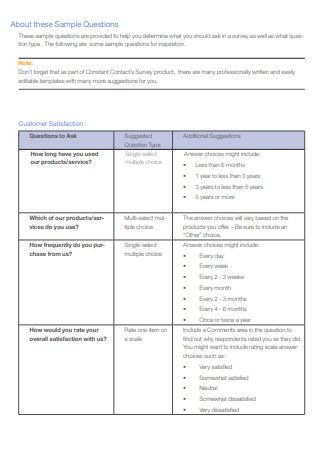
Sample Survey Questions
download now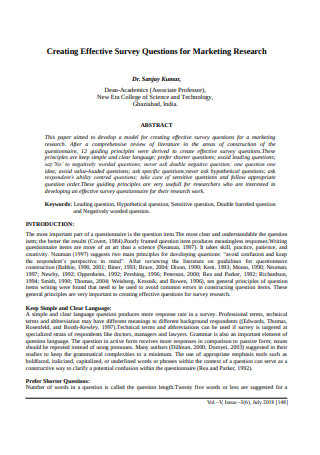
Survey Questions for Marketing Research
download now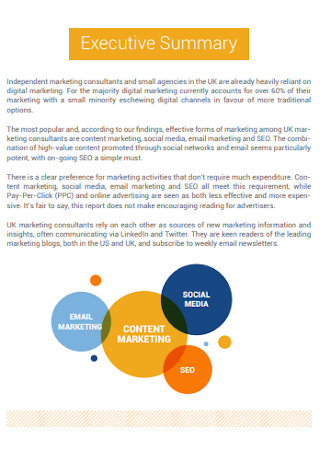
Digital Marketing Survey
download now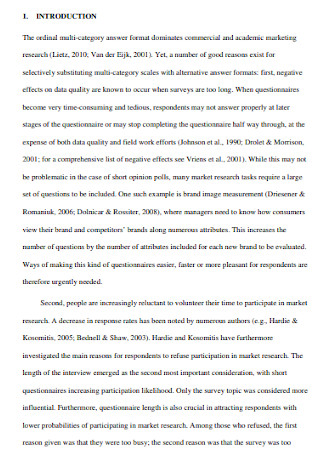
Forced Binary Survey Questions
download now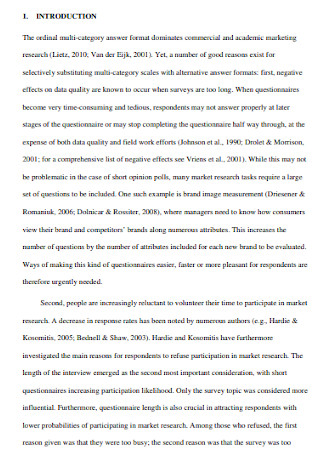
Social Media Marketing Trends Survey
download now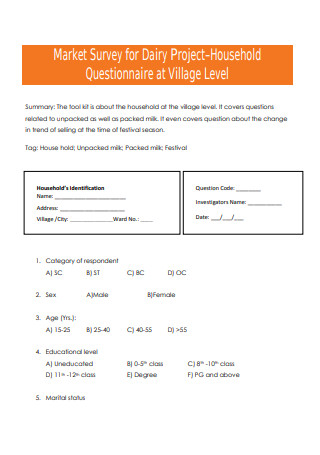
Market Survey for Project Questionnaire
download now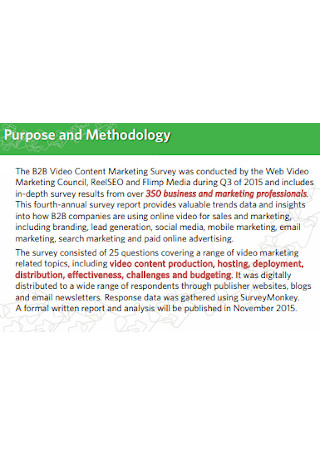
Video Content Marketing Survey
download now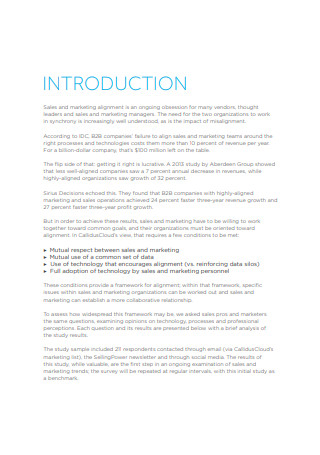
Sales and Marketing Sentiment Study Survey
download now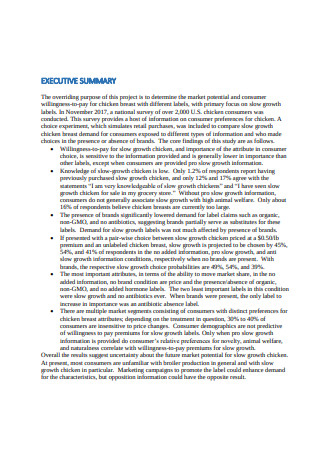
Broiler Survey Report
download now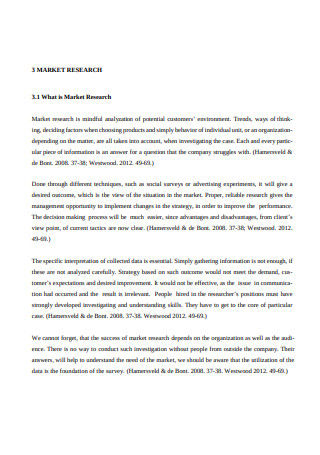
Market Survey for Business Expansion
download now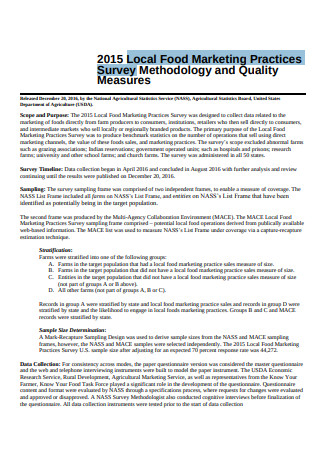
Local Food Marketing Practices Survey
download now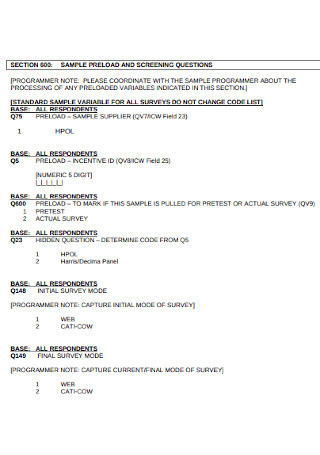
Green Marketing Survey
download now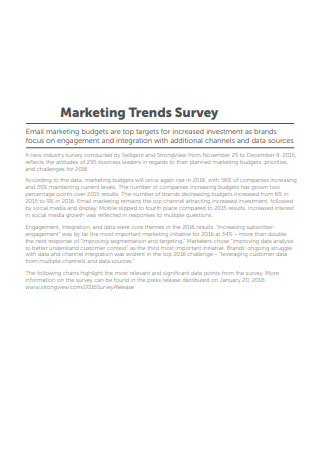
Marketing Trends Survey
download now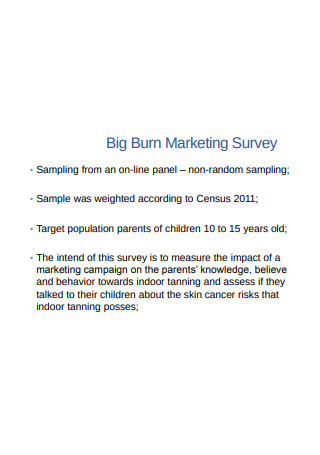
Analysis of Sample Survey
download now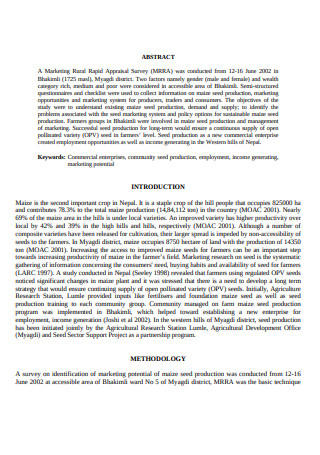
Marketing Rural Rapid Appraisal Survey
download now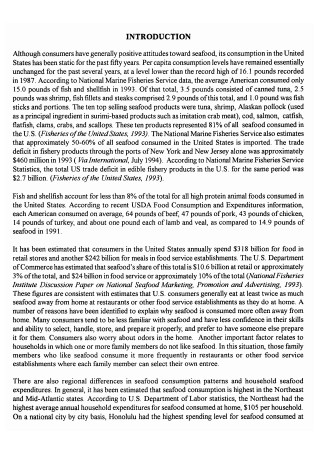
Aquaculture Marketing Survey
download now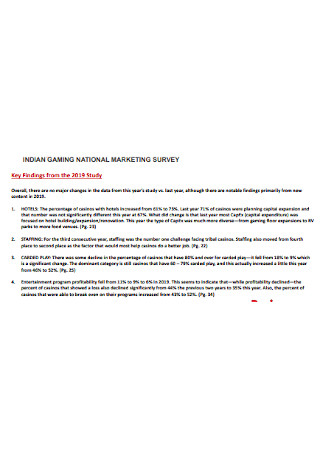
National Marketing Survey Report
download now
Market Agent Survey Questionnaire
download now
Community Innovation Survey
download now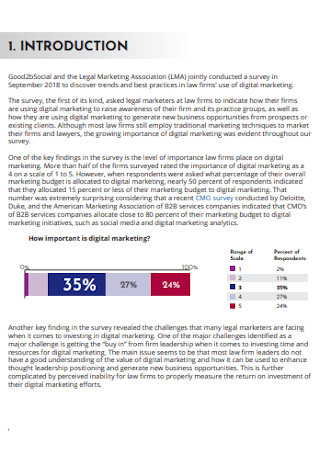
Sample Digital Marketing Survey
download now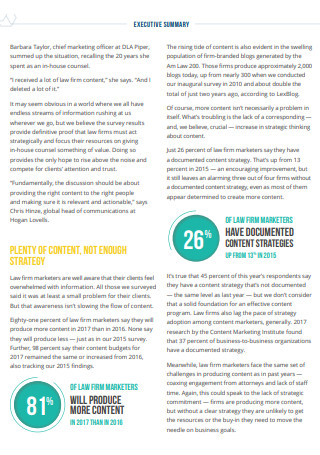
Digital Content Marketing Survey
download now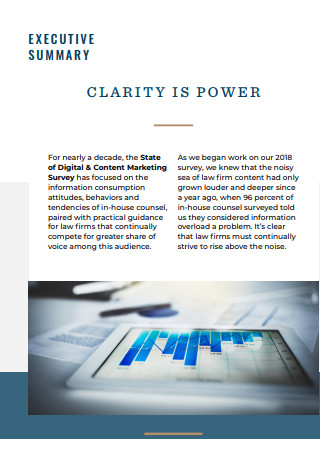
State of Digital & Content Marketing Survey
download now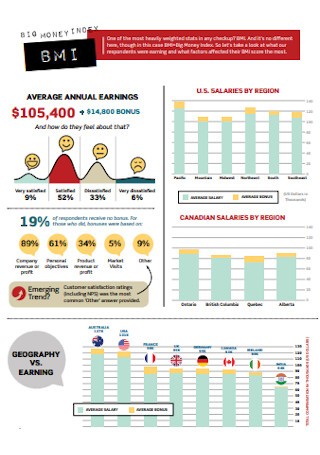
Product Management and Marketing Survey
download now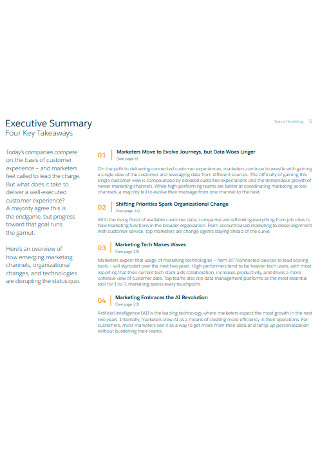
Sales Force Research Marketing Survey
download now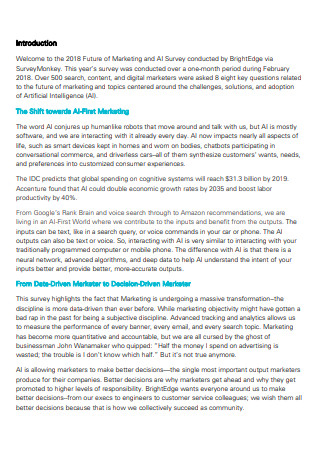
Future of Marketing and AI Survey
download now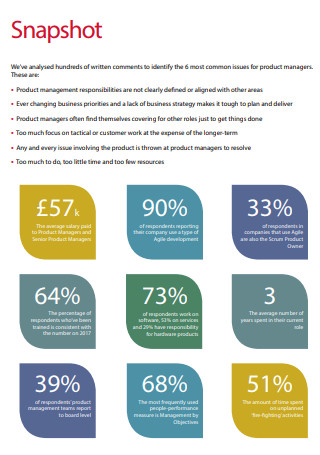
Product Management and Product Marketing Survey
download now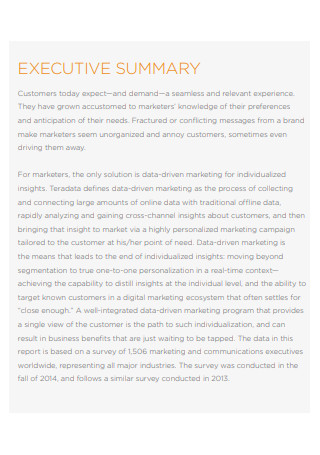
Global Data-Driven Marketing Survey
download now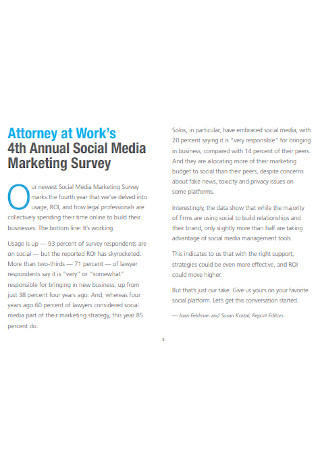
Social Media Marketing Survey Report
download now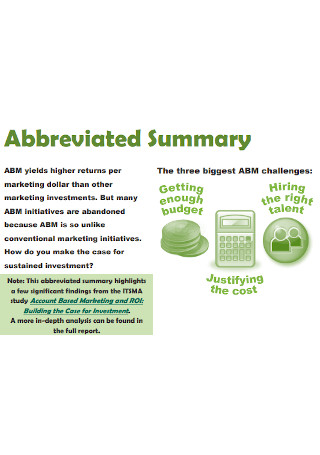
Account Based Marketing Survey PPT
download now
Data Driven Marketing Survey
download now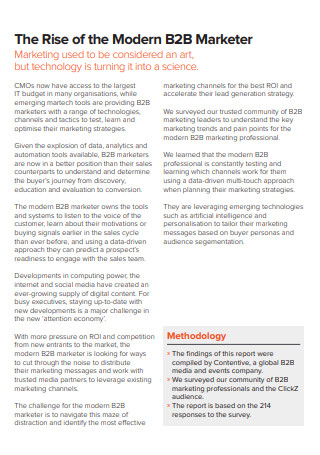
B2B Marketing Survey
download now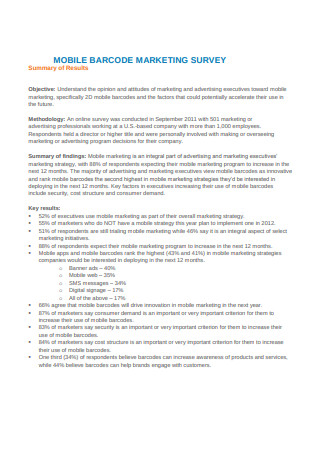
Mobile Barcode Marketing Survey
download now
Data-Driven Marketing Survey Sample
download now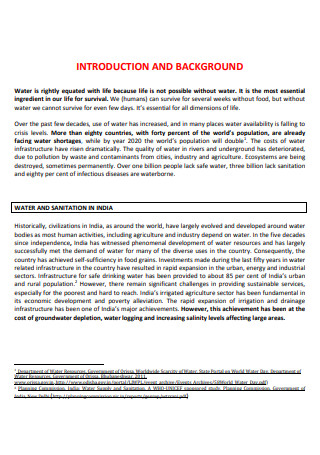
Rural Marketing Survey on Safe Water Supply
download now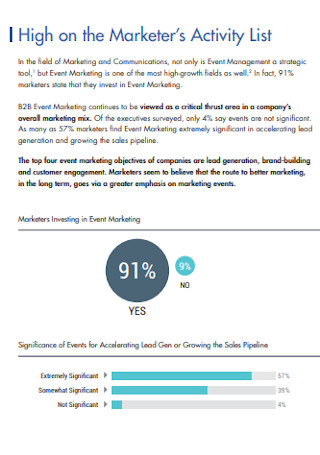
B2B Event Marketing Survey Report
download now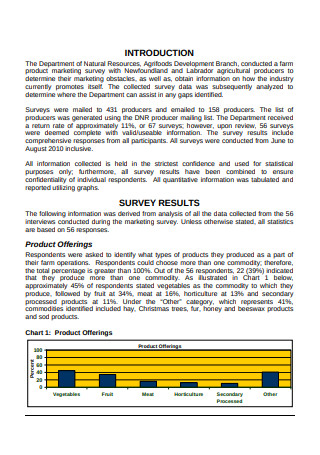
Farm Product Marketing Survey Report
download now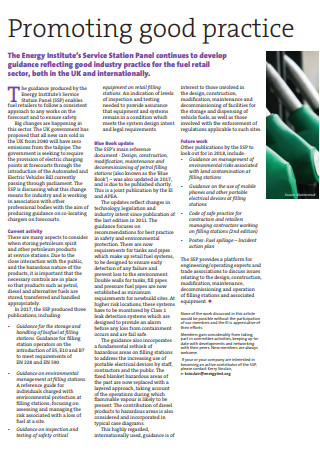
Retail Marketing Survey
download now
Content Marketing Leaders Survey
download now
What Is a Marketing Survey?
A marketing survey is a type of survey that researches and analyzes the specific market of a product or service. This includes the study of consumer behavior and buying potential, as well as the strategies that marketers could incorporate into their campaigns to get the best response from their audience. But understanding customers, companies, and competitors can be tough without sufficient data to draw a conclusion. Apart from asking the right set of questions, you also need to design a survey that produces higher completion rates and reliable survey results.
Types of Marketing Surveys
A company’s excellent ability to understand and react to the needs of their customers is usually a product of extensive research. Marketers are not minded readers; they can’t determine the root cause of a problem by studying the sales volume alone. An in-depth analysis of what a company can and is expected to offer its customers may unravel the implications of these facts and figures. Current methods of surveying customers have made it possible for marketers to achieve this goal, which typically involves choosing the right type of marketing survey for your business needs.
How to Administer a Successful Marketing Survey
Marketing surveys are done to help identify the strengths and weaknesses of your campaign decisions, strategies, product releases, and customer service efforts. They collect useful insights on the feelings, attitudes, and preferences of your target market to test and launch new strategies that will solidify your brand position and customer satisfaction. All these can be achieved by conducting a marketing survey that works.
Step 1: Set a Goal
When starting your marketing research and survey, you need to set a clear objective. Define your reason for doing the survey as well as the information you want to uncover. The only way for you to move forward with your marketing plan is if you can design a survey that is goal-oriented. This will keep you focused on a certain outcome as you seek answers from your respondents.
Step 2: Determine Which Market to Survey
In business, all your efforts are geared toward capturing a customer’s attention, driving engagement, and making a sale. But it’s important to identify a distinct group of people to target, as not everyone may benefit from or be interested in what you have to offer. Potential customers are generally narrowed down based on their age, gender, income level, and other demographics that make them unique. A research survey that contains a hyper-targeted account is bound to generate precise information for your study.
Step 3: Know What You Need to Investigate
This will depend on what you want to attain by the end of the day. One marketing survey example would be a product development survey. If you want to find out how you can get ahead of the competition, the survey that you administer may produce important data to help refine your current offers and meet the exact needs of a buyer. Keep in mind that quality data can only be obtained if you can manage to squeeze the right answers out from your respondents. Who knows, it might even reveal some precious insights on areas of your business that you’ve never looked into before.
Step 4: Consider an Efficient Way to Obtain Answers
Thanks to advancements in technology, surveys are no longer exclusive to telephone interviews and print forms. The rise of the Internet has allowed surveys to be carried out through online research questionnaires and one-on-one interviews. The latter is often done with the help of a mobile app to help hasten the process. It’s always best to consider the most effective way to get your answers in regards to the right method and platform for data collection.
Step 5: Understand How to Conduct the Survey Effectively
A strategically constructed survey will be nothing if it isn’t administered properly. You know what you seek for, who to reach out to, and how to gather this survey data. All that there is left to do is to find the best way to maximize your sample size. This means reaching out to people at the right time and place to make sure that your survey does what it’s supposed to do. Learn more about the platform you are using, the behavior of respondents, and the best time to conduct your survey by doing your homework beforehand.
Marketing Survey vs. Marketing Questionnaire
If you’ve mistakenly used these two terms interchangeably before, you’re not alone. The difference between a marketing survey and a marketing questionnaire lies in their exact functions. For one, a questionnaire is a tool used in qualitative and quantitative research to gather information from a participant through a series of pre-determined questions. Although questionnaires are considered to be an integral part of a survey, surveys aren’t always the main intention behind a questionnaire. Surveys, on the other hand, refer to the process of collecting data for statistical analysis. It is a customary form of research due to how questions are typically close-ended than in free form.
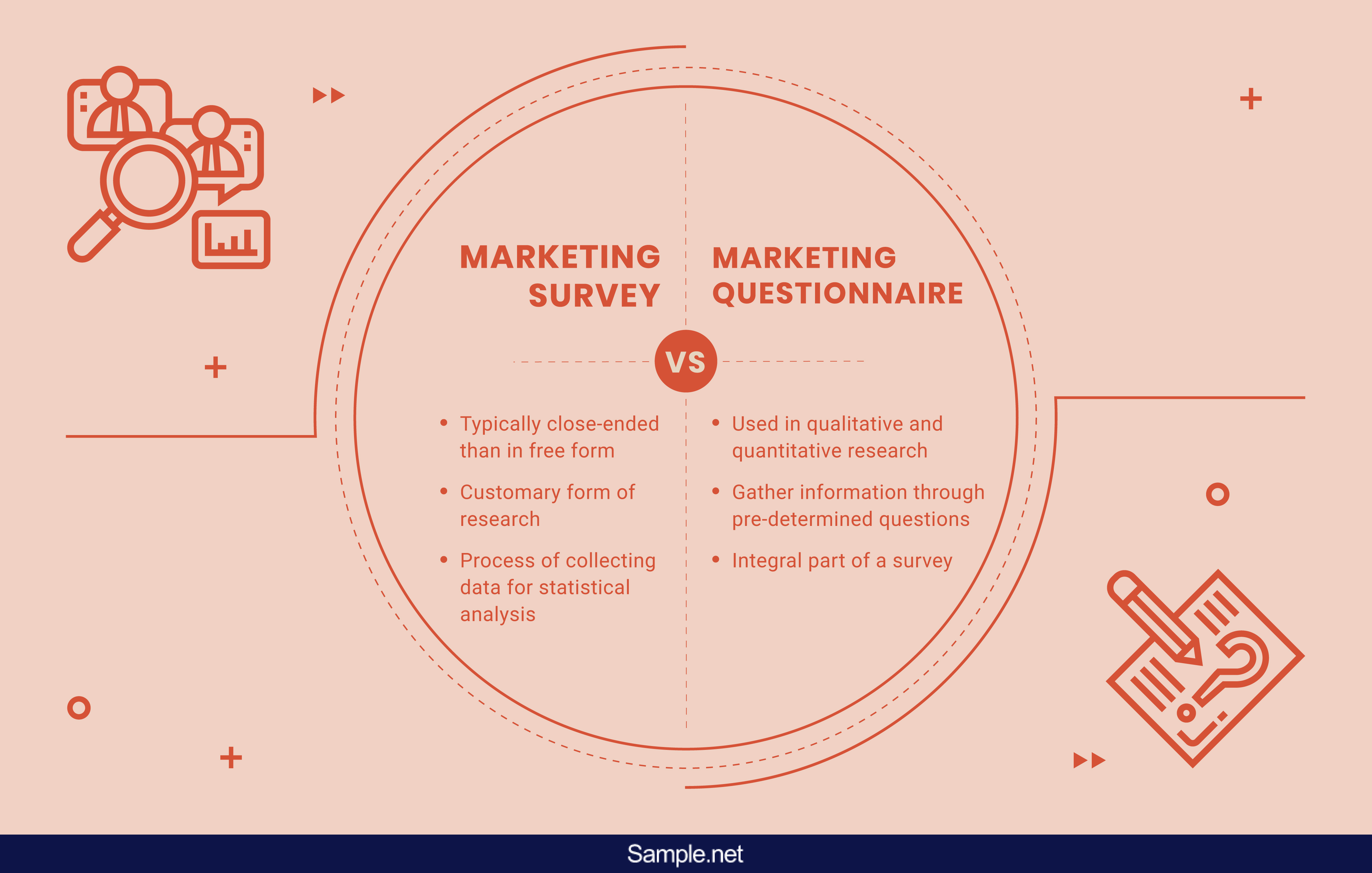
The Dos and Don’ts of Marketing Surveys
You’re on a mission to find, track, and utilize the right data to improve your business. Market research surveys can be a challenge to do due to how targeted they are to a specific purpose and audience. Fortunately, well-planned surveys have great potential to expand your business and widen your reach. Knowing the steps on how to create a marketing survey won’t be enough to generate the desired results, as you also need to educate yourself on how to prepare, conduct, and review a great marketing survey.
What to Do
1. Do share your motives.
Be frank with your respondents. When people make it to your survey, they’ll want to know what it is for and how they could be of help. You can indicate that the survey was created to gather consumer insights for product improvement or that the survey was simply designed to crowdsource client demands. They’ll surely appreciate it if you’re honest with your intentions.
2. Do consider timing.
If you approach someone who is in the middle of doing something, they’ll likely decline your request to participate in the survey. Those who do agree might even feel the need to respond to your survey out of courtesy, providing you with honest but hurried answers. Timing is everything when you want to collect valuable data from respondents. For B2C surveys distributed via email, studies have found that email surveys sent between 6:00 PM to 10:00 PM get higher response rates.
3. Do make it quick and simple.
Don’t risk losing a person’s attention by writing wordy questions. Nobody wants to waste 15-minutes on a survey when they could have done something more productive with their time. You can try using close-ended questions such as multiple choice and rating scales instead. Although open-ended questions are suitable for acquiring feedback, you’d want to limit this type of question as they can be time-consuming to complete and do require a manual interpretation.
4. Do speak the language of your audience.
To communicate effectively with respondents, you need to show that you understand them and value their input. You need to make it seem like you relate to your audience, their sentiments, and their suggestions. Avoid using acronyms or technical jargon that the average person may not be familiar with. The secret is to convince them to answer the survey with dedication and honesty to ensure that their responses can make a positive impact on your study.
5. Do ask the right questions.
Ironically, knowing what to ask is often the trickiest part. Think about how customers may help you improve your products, services, or marketing strategies. Every customer has an opinion that could change the course of your operations for the better, so you need to make sure your questions are targeted toward that goal. Also, you don’t end up asking the wrong thing. Some questions may be construed as offensive, even if you aren’t using derogatory language to convey your message. Thus, questions must be worded properly for better communication.
What Not to Do
1. Don’t be afraid to go offline.
A digital marketing survey done online might be a convenient option for obvious reasons, but that doesn’t mean you should restrict yourself to what’s efficient. Sometimes the most conventional methods are also the most rewarding. Engaging with respondents face-to-face or over the phone allows you to connect with your audience on a personal level. While this may affect the way you collate and analyze information, you’re likely to get more in-depth data on the subject at hand.
2. Don’t get familiar.
Your attempts to sound relatable is not an excuse to get too friendly with respondents. It’s important to treat these people with respect through your tone and choice of words. Clients are clients — not friends. There’s a fine line between being courteous when you communicate and being too forward as you approach participants.
3. Don’t be inconsistent.
Consistency in language and design can greatly improve response rates and minimize the number of drop-outs in your survey. The way you structure your survey will help guide participants through the different stages of the process without trouble. This will also make it easier for respondents to move through questions at a faster time.
4. Don’t be afraid of criticisms and feedback.
You never know when a participant will have more to say than what’s already provided in your options. Giving people the opportunity to respond freely to your questions allows them to expand their answers with insightful ideas. Feedback and constructive criticisms are essential for you to grow. If the majority of your survey respondents are unsatisfied with your latest product offer, the data from the questionnaire will help you decide whether to revamp your entire strategy or pull out the product before further losses are incurred. Additional comments can often be an advantage in a survey despite requiring more time and effort to analyze.
5. Don’t do something that’s already been done.
Why would you want to get answers to a question that has already been asked many times before? The great thing about living in the digital age is that you can find the answer to just about anything online. The Internet probably stores enough data to create a series of encyclopedias for the next thousand years. That means starting from scratch isn’t a practical move unless you’re seeking for an updated version of these studies. You can also make your marketing survey questions more specific to your objective by studying similar discoveries and adapting these questions to your survey.
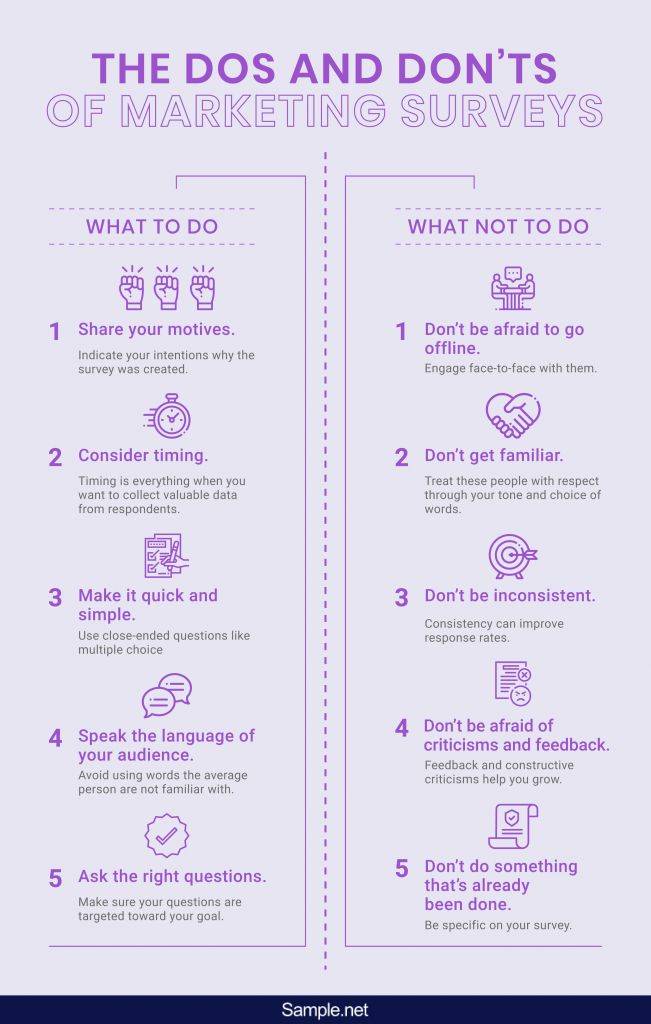
After you’ve decided on the type of information you want to dig up, you can then begin structuring your marketing survey. Save time by downloading a marketing survey template and personalizing its contents to satisfy your objectives. Through the survey template and the guidelines provided, you can get started with your investigation on the right foot.


